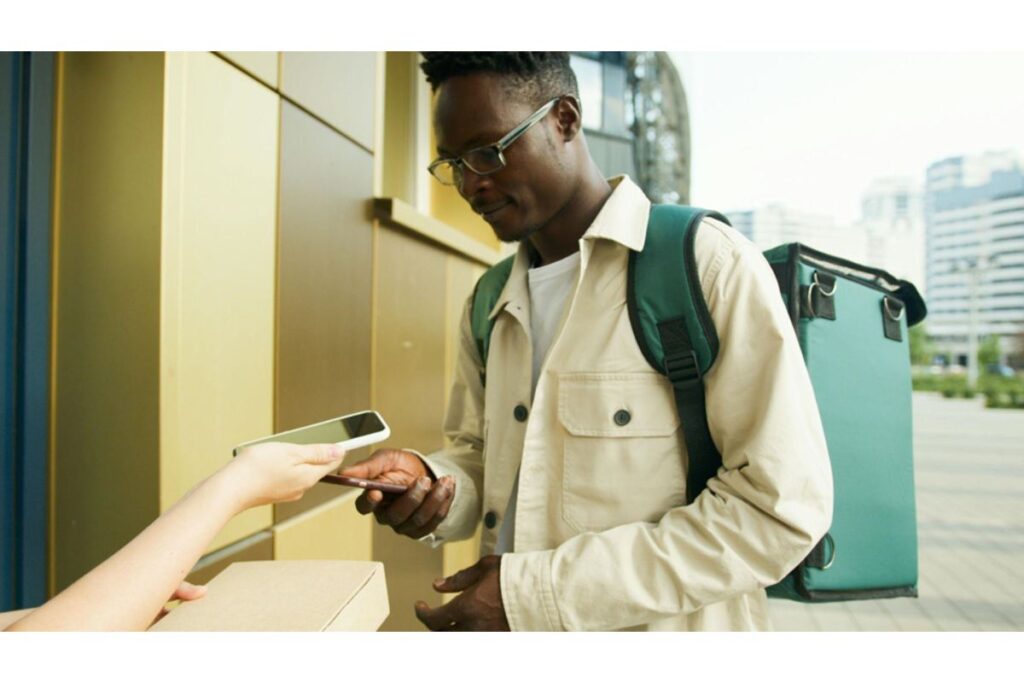In nowadays’s unexpectedly evolving virtual landscape, contactless generation has taken a center degree, transforming how groups, purchasers, and industries operate. From contactless payments to remote painting gear, those improvements have come to be critical to driving convenience, efficiency, and protection. Below are seven key approaches to contactless technology that are reshaping diverse sectors, with a focus on time savings, protection, and seamless integration into everyday operations.
The Shift Towards Contactless Payments
Contactless bills have come to be a preferred function in the worldwide economic system. Driven by the want for faster, more secure transactions, technology like NFC has revolutionized how we pay for items and services. Mobile wallets inclusive of Apple Pay and Google Wallet permit customers to pay with a faucet in their phones, casting off the need for bodily cash or playing cards.
The largest benefit of contactless payments lies in their pace and convenience. Customers spend less time at checkout, and businesses can manner extra transactions in a given time. With introduced security features like encryption and tokenization, contactless payments have also considerably reduced the risk of fraud.
Smart Homes and IoT
IoT has drastically impacted cutting-edge living through the development of clever home gadgets. Smart thermostats, lighting fixtures structures, and protection cameras have better comfort enabling customers to manipulate their environments through their smartphones or voice instructions.
The integration of IoT devices in homes not simplest improves consumer enjoyment but also gives good-sized time-saving advantages. Homeowners can automate regular obligations—consisting of adjusting temperatures, locking doors, or even starting coffee makers—developing a streamlined, fingers-free environment. As the era keeps adapting, clever homes will become greater intuitive, gaining knowledge of personal choices and automating movements primarily based on past behaviors.
Augmented Reality in Retail
Retail has embraced AR to decorate client engagement and create immersive shopping reviews. AR lets clients strive for products genuinely earlier than making a purchase. For instance, cosmetic brands like Sephora provide apps in which customers can “strive on” make-up using their cellphone cameras, while furnishings organizations which include IKEA permit customers to visualize how items will appear in their homes earlier than buying.
By reducing uncertainty and hesitation in the buying manner, AR technology enables outlets to close income quicker, saving clients the trouble of returns or dissatisfaction. This contemporary innovation shortens the client journey whilst boosting average delight, creating a win-win scenario for each consumer and corporation.

Remote Work and Collaboration Tools
The demand for remote work abilities has surged over the last few years, further extended with the aid of the worldwide pandemic. Cloud-based collaboration gear along with Zoom, Microsoft Teams, and Slack have turned out to be the spine of business continuity in a world where bodily workplace space is becoming optional.
These technologies store companies’ time and resources by allowing groups to communicate and collaborate effectively from anywhere. Additionally, gear that permits remote file modifying and sharing, like Google Drive or Dropbox, offers seamless integration with crew workflows. Enhancing productiveness and lowering delays in mission timelines.
Evolution of Digital Identity Verification
Identity verification has undergone large changes with the advent of digital equipment that permits contactless authentication. Biometric structures, inclusive of fingerprint reputation and facial scans, have ended up popular functions on smartphones and laptops. Supplying secure right of entry without the want for physical credentials.
In industries like banking and healthcare, digital identity verification helps users keep time with the aid of allowing brief, secure entry to touchy facts. Users now do not need to depend upon passwords or safety questions, making the process smoother and much less susceptible to breaches. Businesses additionally benefit from these structures by reducing the fees related to conventional identification tests and preventing fraud.
Self-Service Kiosks and Automation in Restaurants
In the food enterprise, self-service kiosks and automated ordering structures have changed how we dine. Restaurants and speedy-meals chains like McDonald’s have introduced touch-display kiosks where customers can vicinity orders, personalize meals, and pay—all without interacting with a team of workers.
This shift not only reduces wait instances but also streamlines operations. Kitchens can start preparing food as quickly as orders are placed, removing delays due to conventional face-to-face ordering. Furthermore, the records accrued from those systems allow corporations to refine their menus and apprehend client options, ultimately enhancing carrier first-class and speed.
Maximizing Efficiency with Digital Tools for Marketing
For agencies, leveraging virtual equipment for advertising and marketing has emerged as a cornerstone for maximizing productivity and saving time. From social media control platforms to electronic mail automation systems, corporations can now execute complicated campaigns with minimum manual attempts. Analytics tools provide actual-time insights into consumer conduct, taking into account speedy optimization and selection-making.
One of the simplest approaches businesses can optimize their advertising efforts is through the use of online QR generators. With this gear. Groups can create QR codes that hyperlink to promotional content, websites, or product pages, permitting clients to interact with the logo immediately. The ease of generating and the use of QR codes streamlines advertising campaigns, making sure that customers can access relevant information with an easy experiment.
Working groups can enhance their outreach techniques, connecting with their target market faster and more efficiently than ever before, saving their time with a leader on how to make a QR code for a link. Whether linking to an internet site or embedding promotional offers, the integration of QR codes eliminates the want for lengthy URLs, making the patron’s adventure smoother and more available.
Conclusion
The upward push of the ‘contactless era’ has fundamentally converted industries across the board, from retail and restaurants to remote work and marketing. As these improvements hold to conform, businesses and purchasers alike will increasingly depend on digital gear to enhance performance. Protection, and consumer revel. The integration of contactless solutions including clever devices, augmented fact, and digital identity verification will shape the destiny of ways we engage with the sector, offering new stages of comfort and productiveness.

